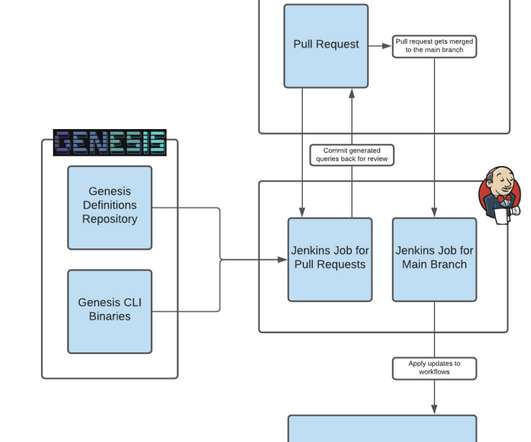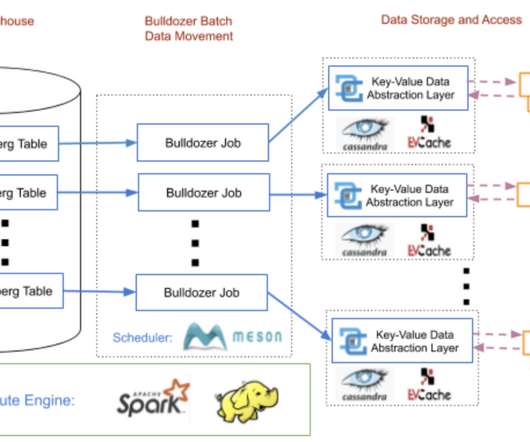ScyllaDB Trends – How Users Deploy The Real-Time Big Data Database
Scalegrid
NOVEMBER 25, 2019
ScyllaDB is an open-source distributed NoSQL data store, reimplemented from the popular Apache Cassandra database. We’ve heard a lot about this rising database from the DBA community and our users, and decided to become a sponsor for this years Scylla Summit to learn more about the deployment trends from its users.













Let's personalize your content